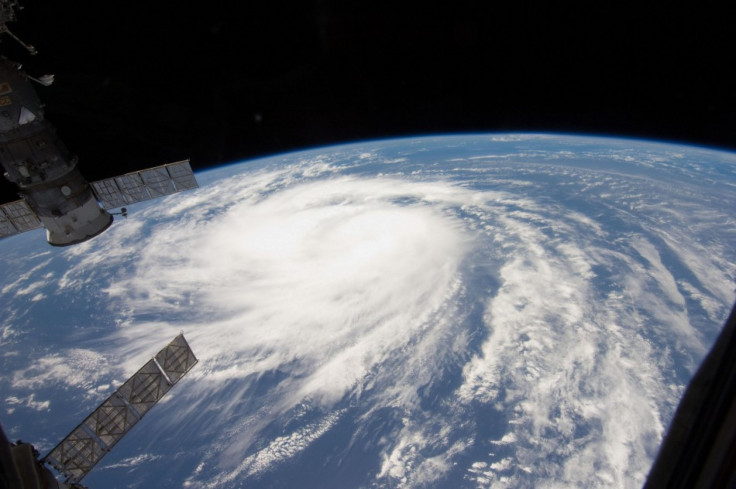Hurricane Katia Path to East Coast Increasing; Storm Strengthens Rapidly to Category 2

Hurricane Katia strengthened rapidly on Sunday, becoming a Category 2 storm, the U.S. National Hurricane Center said, and forecasters expect it will be a Category 3 storm by Monday. Also, the likelihood that Katia's path will reach the U.S. East Coast is increasing in odds as the storm moves further west.
On Sunday Katia had sustained winds of 100 miles per hour, after a previous reading showed the storm had winds of only 75 miles per hour.
The exact future track of Katia remains uncertain, but models show the U.S. East Coast, and even New York, could bear the brunt of the storm before it's over.
Katia could threaten a part of the U.S. East Coast late next week, forecasters say, and some models show it approaching near the New York area, still recovering from Hurricane Irene.
Katia poses no threat to land at the present time, and models suggest the storm will strengthen in the coming days as it continues to push westward. The farther the storm pushes westward, however, the greater its chances will be of striking or impacting the U.S. East Coast, including possibly the New York area.
The storm hasn't been able to strengthen in recent days due to wind shear but that's about to change, as Katia moves into an area where the winds aloft are weaker and dry air isn't as prevalent, according to Accuweather. This formula will allow gradual strengthening in the upcoming week, and Katia could become a major hurricane at Category 3 strength by the time it threatens the U.S.
Depending on how this dip sets up later next week and next weekend, Katia could either take a westerly path closer to the East Coast or it could get swept out to sea and stay well off the coast, Accuweather Meteorologist Brian Edwards said Sunday morning.
The Weather Channel concurs, saying Sunday, Katia could threaten a part of the U.S. East Coast late in the week.
Several forecast models show Katia approaching the Carolinas from sea by late in the week, at Category 2 strength, with winds of 100 miles per hour, before the storm takes a northerly turn. That's when New York and other upper East Coast areas could be put on alert.
The orientation of an upper-level trough currently associated with Tropical Storm Lee over the eastern states later in the week will determine whether Katia makes a direct hit on the U.S. or not and timing and positioning has everything to do with it. Those variables make the forecast uncertain, but it's already clear that Katia is advancing farther west the models originally showed likely.
Katia became the 11th named storm of the Atlantic hurricane season which runs from June 1 to Nov. 30. Irene became the first to reach hurricane strength, before ravaging a path up the East Coast last week, and power remains out in some areas and the cleanup may take weeks, if not months for some.
© Copyright IBTimes 2024. All rights reserved.





















